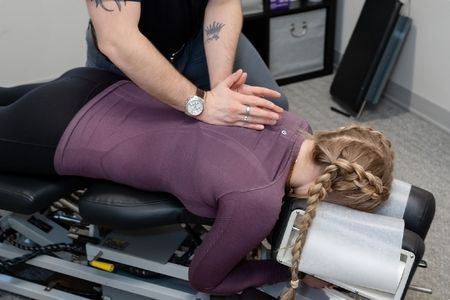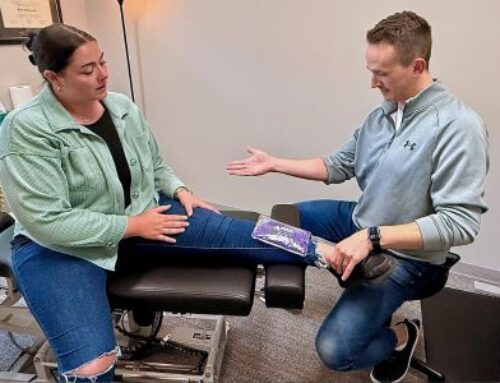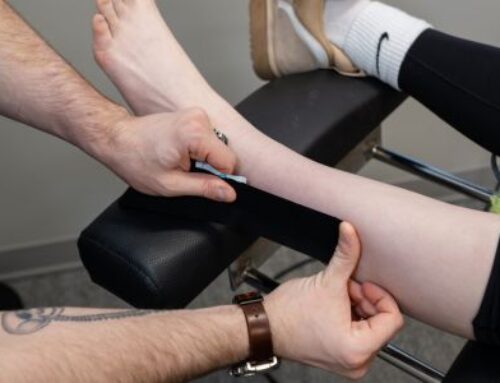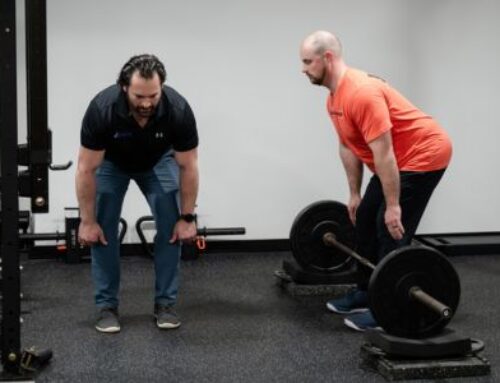What is Idiopathic Adolescent Scoliosis?
Idiopathic adolescent scoliosis (IAS) is a spinal condition where the spine curves abnormally sideways. It usually develops in healthy children between ages 10 and 18. “Idiopathic” means the cause is unknown, setting it apart from scoliosis due to birth defects, neuromuscular issues, or injuries.
Signs and Symptoms of Idiopathic Adolescent Scoliosis
IAS is the most common scoliosis type, affecting 2-3% of adolescents. It appears more often in females, especially when curves progress beyond mild stages. The Cobb angle measures severity, helping determine if treatment is needed.
Common signs of Idiopathic Adolescent Scoliosis:
- Uneven shoulders, with one higher than the other
- A visible spinal curve
- Uneven waist or hips
- A rib hump noticeable during the Adam’s Forward Bend Test
- Clothes fitting unevenly, like one pant leg appearing longer
Causes and Risk Factors of Idiopathic Adolescent Scoliosis
The exact cause of IAS remains unknown, but genetics play a key role. Studies show scoliosis often runs in families. About 30% of patients have a family history of the condition. Other possible factors include:
- Growth and Hormones: Rapid growth spurts may contribute to worsening curves.
- Muscle and Nerve Function: Spinal muscle imbalances could affect alignment.
- Biomechanics: Uneven spinal loading from posture or movement patterns may influence progression.
Structural vs. Functional Scoliosis: What’s the Difference?
Understanding the difference between structural (anatomical) scoliosis and functional scoliosis is crucial. Muscle imbalances can make a curve look worse than it is.
Structural Scoliosis
- Caused by true spinal changes like vertebral rotation.
- Present even when lying down.
- Measurable on an X-ray (Cobb angle).
Functional Scoliosis
- Occurs due to muscle imbalances compensating for the curve.
- Exaggerated by tight muscles on one side and weak muscles on the other.
- Often less noticeable when lying down or stretching.
This distinction matters. Patients may think their scoliosis looks worse than it actually is due to muscle tightness pulling the spine further out of place. Chiropractic care, including soft tissue work and spinal manipulation, can help manage this functional component. Reducing tension and improving mobility can lessen symptoms, even if the underlying spinal curve remains.
Bracing Techniques for Scoliosis
Bracing helps manage scoliosis, especially for curves between 20–40 degrees in growing adolescents. The goal is to prevent worsening until skeletal maturity is reached.
Common Braces:
- Boston Brace – A rigid brace for mid-to-lower spinal curves.
- Charleston Bending Brace – A night brace designed to counteract the curve.
- Milwaukee Brace – An older brace with a neck ring, used for higher curves.
- Rigo-Chêneau Brace – A modern brace designed for 3D correction.
Braces work best when worn 16–23 hours daily until growth stops. Consistency is key.
Screening and Diagnosis
Early detection helps manage scoliosis more effectively. Screening includes:
- Adam’s Forward Bend Test: A visual check for spinal asymmetry.
- X-rays: The most reliable way to measure the Cobb angle.
- Scoliometer Measurement: A tool to assess spinal rotation.
- MRI/CT Scans: Used in rare cases to rule out other conditions.
How Is Scoliosis Diagnosed?
Detecting scoliosis early gives patients the best chance to manage progression. Severe cases can lead to postural issues, chronic pain, and even reduced lung capacity. Identifying IAS early allows for better treatment, including chiropractic care, soft tissue therapy, and exercise. These interventions help maintain spinal health and limit unnecessary curve progression.
Treatment Options for Idiopathic Adolescent Scoliosis
Chiropractic care, soft tissue massage, and rehabilitation exercises can help manage scoliosis symptoms and reduce the functional component by addressing postural and muscular imbalances. If you or your child are experiencing symptoms, schedule an appointment with Dr. James Walters today!





